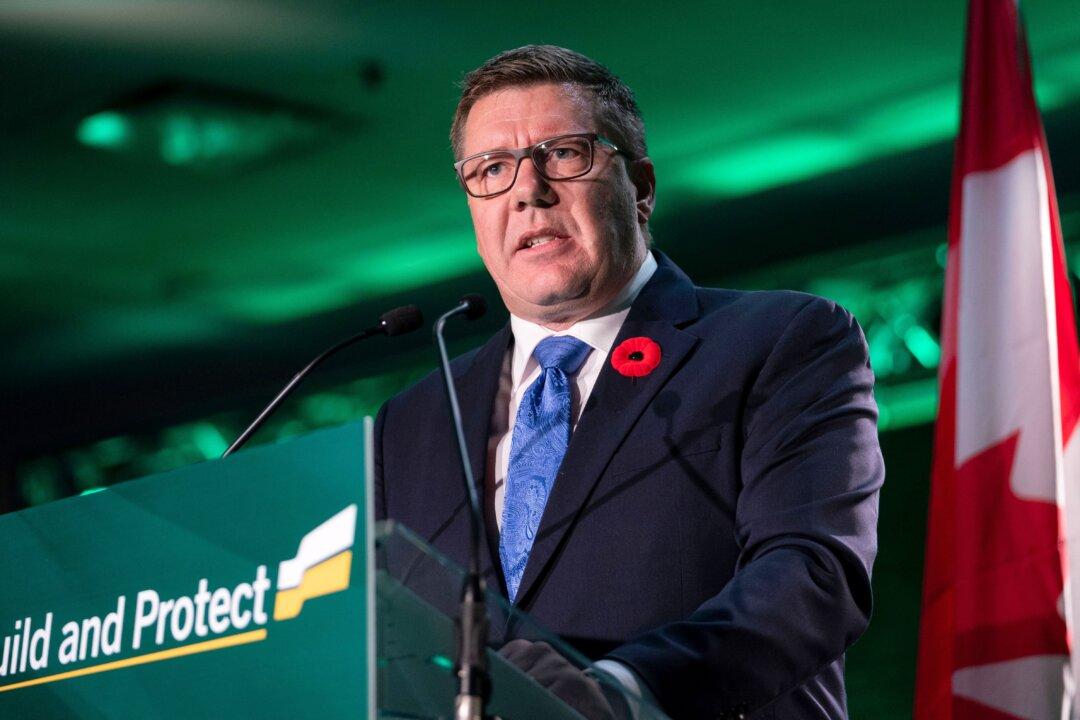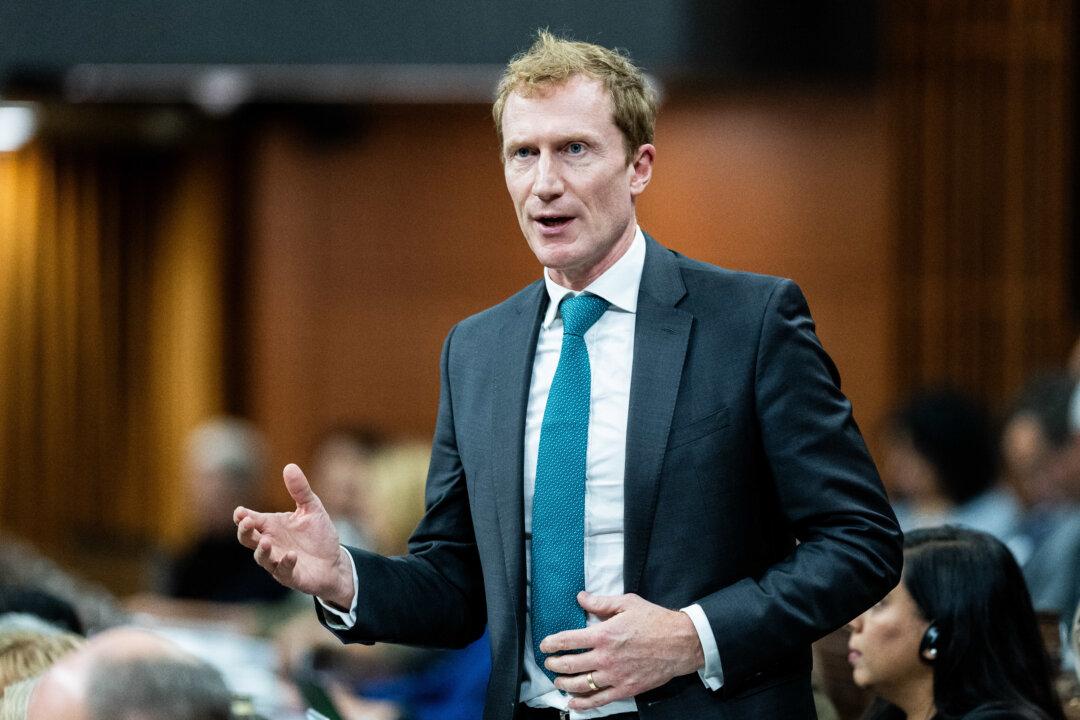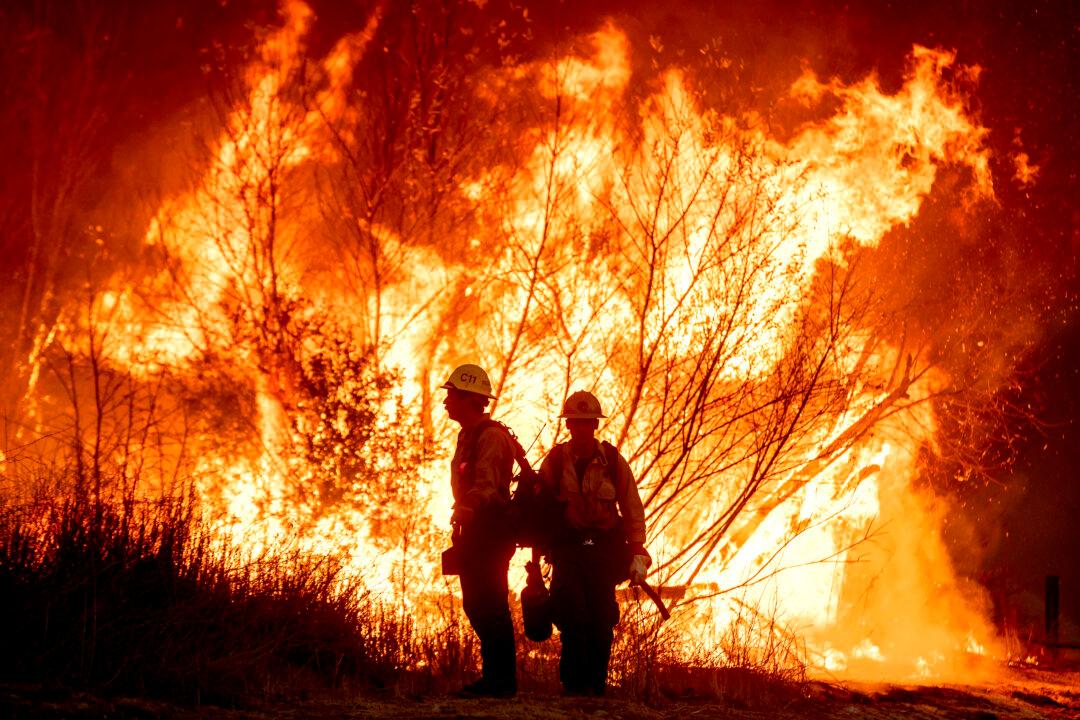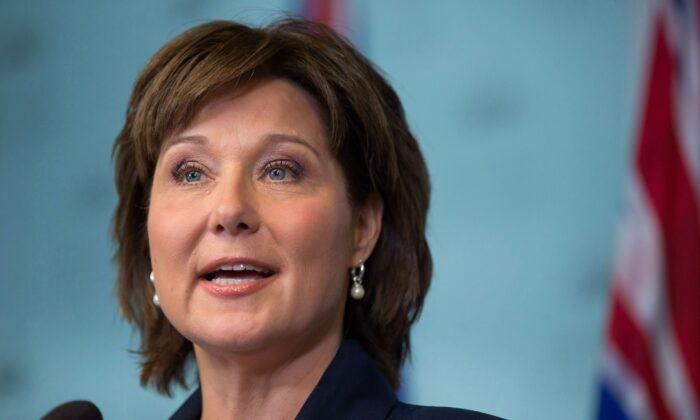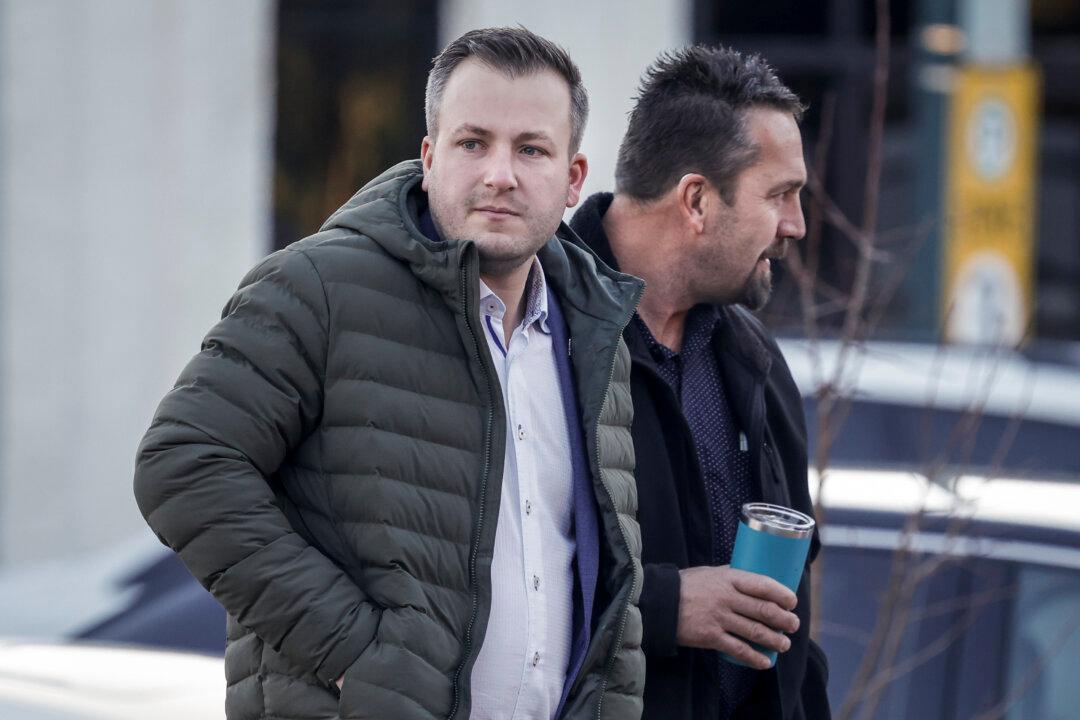The government of Saskatchewan has announced it will be beefing up security personnel at the U.S. border it shares with Montana and North Dakota, following President-elect Donald Trump’s threat to put a 25 percent tariff on Canadian goods unless the flow of illegal immigrants and drugs through the border is stopped.
The province follows other Canadian jurisdictions, including Ontario and Alberta, which have created provincial plans to tighten borders with the United States.
“Our government is taking immediate steps to increase border integrity, ensuring the Saskatchewan-US border is secure and our communities are safe,” Premier Scott Moe said.
The plan will see 16 provincial law enforcement officers patrol “high-priority areas” around the border, Moe said.
“We are also prepared to mobilize up to 95 total officers to address emerging incidents should they arise.”
“What he says, and the initiatives that he heads towards, you need to take those very seriously,” Moe said. “It is going to be an ongoing conversation with our largest trading partner. It’s one that I think we’re capable of navigating.”
‘Immediate Action’
The SBSP is set to take “immediate action” to conduct patrols near the border, according to the provincial government.Resources include one mobile command unit for commercial vehicle inspections, up to 16 patrol cars with licence plate readers, and other equipment such as drones, snowmobiles, and three planes for air surveillance, the province said.
“Members of our Provincial Protective Services team will work with existing federal and provincial agencies to strengthen border security through high visibility surveillance, commercial vehicle enforcement, and remote area patrols,” Saskatchewan’s Corrections, Policing and Public Safety Minister Tim McLeod said.
However, the Canada Border Services Agency and the RCMP will still be in charge of direct enforcement for the border, the government said.
The additional officers will patrol within interprovincial borders and areas north of the U.S. border to complement CBSA actions, according to the provincial government.
Other options will also be explored, such as creating a border integrity and intervention team with the provincial Marshals Service and expanding the role of the Saskatchewan Trafficking Response Teams.
Provinces Announce Border Plans
Other provinces, including Ontario and Alberta, have made similar moves to focus on the U.S. border.Ontario Premier Doug Ford called the provincial program “Operation Deterrence,” saying it would address cross-border illegal activities. Ford said that since Dec. 6, 2024, there have been 6,000 hours of focused patrols by Ontario Provincial Police.
The plan also includes a team of 200 officers working alongside frontline and specialty officers to disrupt and deter illegal activities along the border. It includes using equipment like fixed-wing aircraft, helicopters, drones, boats, off-road vehicles, and foot patrols.
Alberta announced similar measures in December 2024, committing $29 million to tighten up border security and strengthen ties with the United States. The plan includes a new patrol unit that will focus on drug smuggling, gun trafficking, and illegal migration.
It’s a team that includes more than 50 officers, 10 support staff, four drug-sniffing dogs, 10 surveillance drones, and four narcotics analyzers.
Manitoba Premier Wab Kinew also said his government will be sending conservation officers to help with border surveillance. He also promised to cover overtime costs for RCMP officers who are assigned to border patrol.
Quebec Public Security Minister François Bonnardel said there were already 800 federal and provincial officers securing the Swanton sector of the border. He said the province was ready to add 300 more provincial police officers if there is a rise in illegal crossings.
A premiers meeting is set for Jan. 15 with Prime Minister Justin Trudeau to discuss the tariffs.
